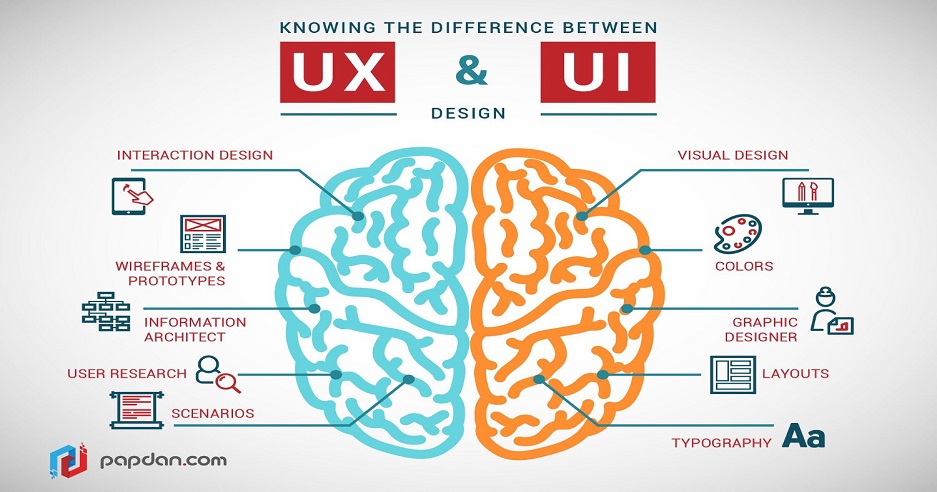


Graphics Design and UX/UI Design are two distinct but closely related disciplines that play a crucial role in creating visually appealing and user-friendly experiences for various digital and print media.
a. Branding: Graphic designers develop logos, color palettes, and brand guidelines that represent a company's identity and create a consistent visual presence.
b. Print Design: Graphic design is applied to various print materials like brochures, posters, flyers, business cards, and packaging.
c. Digital Graphics: Graphic designers create visual assets for websites, social media, digital ads, and other online platforms.
d. Illustration: Illustrators use their artistic talents to create original artwork, often for editorial, book covers, or digital media.
e. Photo Editing: Graphic designers retouch and enhance photos to create visually appealing and professional images.
a. User Research: UX designers gather insights into user needs, preferences, and pain points to inform the design process.
b. Wireframing: Creating wireframes helps designers plan the layout and structure of the user interface before adding visual design elements.
c. Prototyping: Prototypes allow designers to test the functionality and usability of the interface before the final development stage.
d. Information Architecture: Organizing information and content in a logical and user-friendly manner to enhance navigation and findability.
a. Visual Elements: UI designers select appropriate colors, typography, icons, and other visual elements to create a cohesive and attractive interface.
b. Responsive Design: Designing interfaces that adapt to different screen sizes and devices to ensure a consistent experience.
c. Interaction Design: Defining how users interact with elements such as buttons, menus, and navigation to make the interface intuitive.
d. Style Guides: Creating style guides and design systems that establish design patterns and ensure consistency across the application or website.
Both Graphics Design and UX/UI Design are essential for creating visually compelling and user-friendly experiences. By combining aesthetics, functionality, and user-centric design principles, these disciplines contribute to successful and engaging digital and print projects.
© Copyright 2024 All Rights Reserved